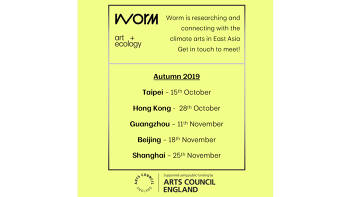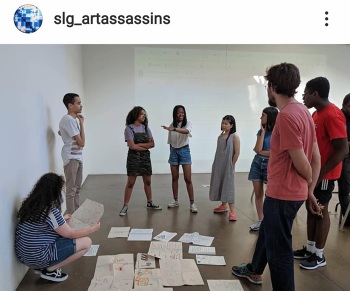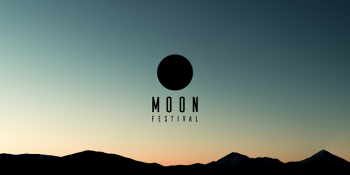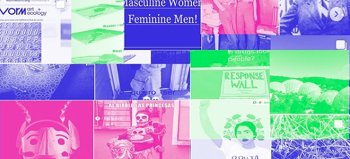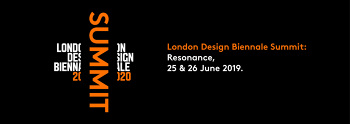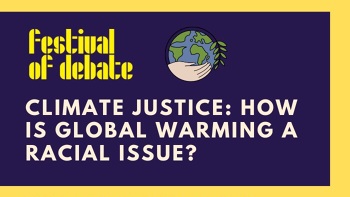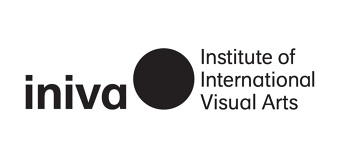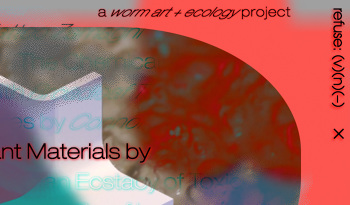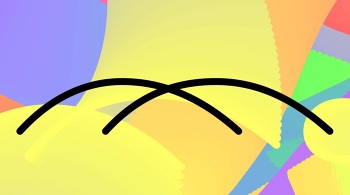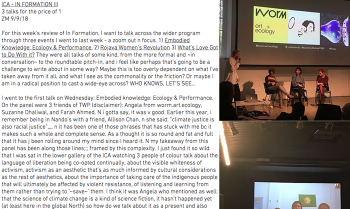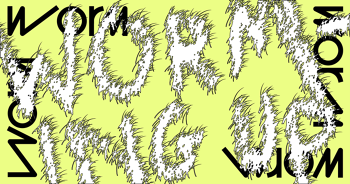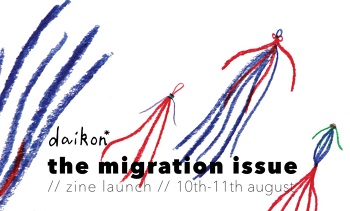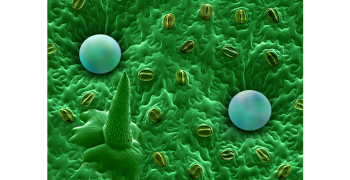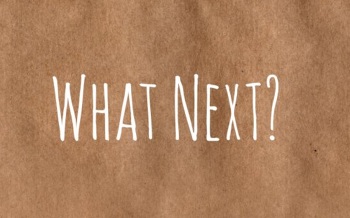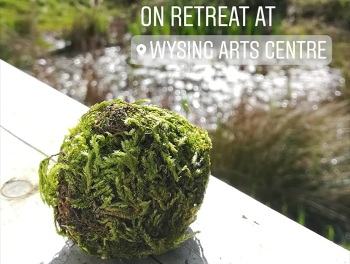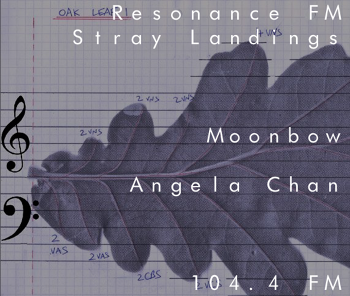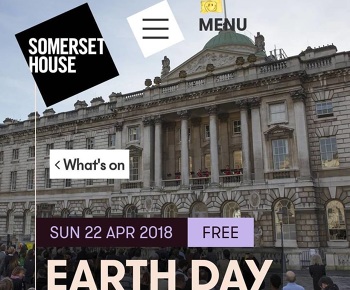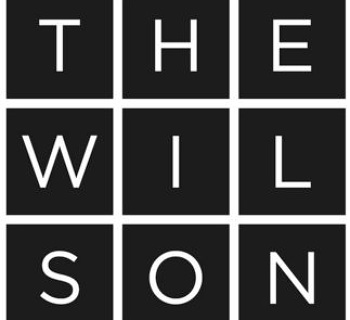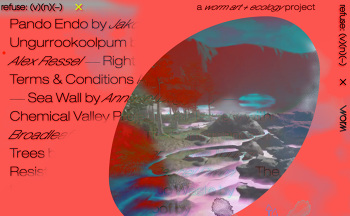Emily Jones on “First Water to Tripoli”
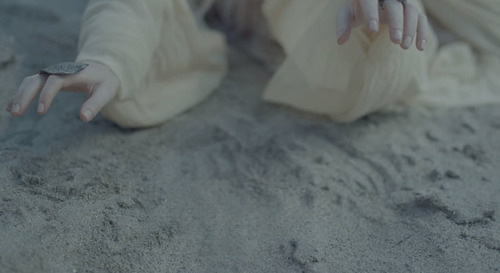
[03/12/14]
Water is an important element throughout Emily Jones’ work, such as The Draining of the Mesopotamian Marshes of Iraq, Salt Lake City and most recently The Hudson River, to name a few. Her new exhibition, First Water to Tripoli, intensifies her focus on replenishment to involve mankind’s position more than before.
As a little background, the Great Man-Made River is the word’s most extensive irrigation project, of which phase two irrigated fresh water to Tripoli for the first time in 1996, and responds to decreasing rainwater aquifer levels by the coastal cities. It is a colossal feat of engineering and supplies from four ancient water aquifers from the Sahara, to begin fulfilling Libya’s dreams of self-sufficiency in food and running water.
Despite this, some scientists feel uncertain about the longevity of the reserves and with the lines running parallel with the oil pipes, both geographically and significantly in terms of the country’s global economic and political status, the life-giving lines have seen aggression. Conflicts with NATO air strikes in recent history have brought up issues surrounding geopolitical hostility, and ethically, the possession of natural resources and the rights to basic needs.
Worm speaks to Emily Jones to further discuss her ideas in First Water to Tripoli.
Emily, how and to what extent do your new works in First Water to Tripoli reflect these issues and the title of the exhibition?
I would deconstruct the spatial arrangement and implications of this question in the sense that I don’t consider First Water to Tripoli to be the ‘title’ of the exhibition as such and I also don’t consider the individual ‘things’ in the exhibition to be my work really. For me, First Water to Tripoli is an anchor, or a hub, it’s also a kind of nucleus but maybe most centrally it’s an invocation. One invokes First Water to Tripoli and through this invoking one makes a space. Just hold that space. Yes, the issues you discuss are implicated and present to some extent but I’m not interested in invoking them directly. The main thing, really, is this space I describe. I think about the ‘things’ in the exhibition as configured offerings or filtrations. They are tools and I want you to look through them and around them but not at them. With this in mind, the work then, human work is to hold the space and hold everything invoked within or toward the space without judgement (the ultimate resistance and the ultimate neutrality): earth-cult, sky-cult, animal_cults, two-hearts cult, iridescent spheres (which in turn invoke the whole spectrum), pine handrail, father forgive them for they know not what they do, is the soul a modular mechanism?, tangle net, hook #occupy_liminality.
The former vice president of the World Bank, Ismail Serageldin, warns, “The wars of the 21st century will be fought over water”. Responsively, your call to #occupy_liminality in order to “impregnate the terrain” offers a space free of hierarchical intensities and conflict, in favour of anonymity, unity and nurture. Specifically, could you elaborate on your ideas of liminality and neutrality, and how destabilising meaning in this way holds for a more durable ground?
My call to occupy liminality is simply a call to do just that. It is the source and the fulfilment in one, not something in order to do something else. Occupy liminality is the life stance. Hierarchical intensities are their own antidote. The work lies in moving towards a point of radical identification with each intensity which in turn has to do with what I mean by how-to-disappear-in-the-anthropocene.html : that which we are taught to conceptualise, protect and project as our ‘self’ is now defunct, ancient, an artefact (OUR GUARDS ARE PREHISTORIC). I’ve been thinking a lot about this quote lately ‘I disapprove of what you say, but I will defend to the death your right to say it’. Both parts of this quote are erroneous in relation to what I’m saying but it is a starting point. A third element can be added which is ‘your right to be heard’. I hold it really strong that one only needs to say something once if it is truly heard. It is now imperative to proliferate spaces for deep listening as they are are precursors for lives lived literally acting-out that which has never been heard. Which manifests essentially as occupy_destruction.

Your use of hashtags carries both a descriptive function as they would in a social media context, but interestingly they also distribute clear commands such as #occupy #archive #bank #invest. How do you recognise the # as a symbol of exploration through sharing, and how much does it attribute to an urgently active reaction beyond textual administration?
Many of the hashtags I work with are unlinked. The unlinked hashtag immediately suggests sort of disfunction or redundancy (technology is neutral). In a sense it also reduces the hashtag to four beautifully intersecting lines. A net. Vitally though, the unlinked hashtag is an invitation to participate, to co-constitute, to breathe back.
#archive #bank and #invest were invoked in specific coupling with the phrase ‘it is within our human capacity’. In part, what I’m referring to here is the work of decoupling these words from their immediate plane of reference and re-invoking them somewhat anew.
Much like the Great Man-Made River, your ideas in First Water to Tripoli are calculated and constructed. You bring in azimuth measurements and refer to the 18th century naturalist Linnaeus’ Systema Naturae of categorisation, amongst other approaches. Consequently, you navigate beyond factual science towards and between conspiracy theories, religion and rituals. How has your research tied together these strands to create an immersive interconnection between mankind and nature?
It’s all strata. And thus it’s all already connected. The questions for me, concern the ways we make divisions. Can you make a division without making a divide? earth-cult, sky-cult and animal_cults are gestures towards a kind of division which I believe doesn’t divide. I worked a lot with the pokemon system and also Jodowrowskys tarot deck recently too. These for me, are systems that actually allow the things they umbrella or contain to still be what they are. The system also draws attention to it’s own frame so one doesn’t forget it.
How does your work answer its citation of the Roman polymath Seneca’s question, “What part of so great a task is committed to us?” Immanuel Velikovsky answers that ancient mythology and catastrophism should be our return to thinking of the world’s behaviour, through connecting biblical and celestial beliefs. Do you feel First Water to Tripoli relates to this, in order to reach a stage of “man-unmade” and to undo, if ever possible, the anthropocentric separation between man and the natural world?
Nothing is to be undone, nothing is to be deciphered, the structure can be followed; run. Goethe is cited in the press release provided with First Water to Tripoli - the premise is that the human being is fundamentally at home in the world. An important component for me to this thought is something James Lovelock talks about in their latest book Rough Ride to the Future the premise is that we have nothing to feel guilty about. This doesn’t mean that we should continue doing what we are doing or that our actions have no consequences or repercussions. I think the part of the great task that is committed to us is to learn to see everything within ourselves, a kind of total integration ~ resistance movements in water.
Intriguingly, what would the love in “the_love_that_sustains_all_matter.html” be like?
It’s everything that surrounds you. And therefore it’s all you know.
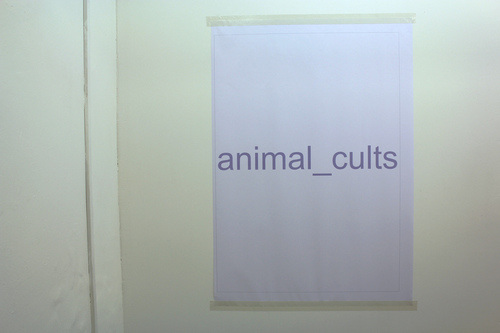
First Water to Tripoli was shown at Jupiter Woods, London, 23rd November to 30th November 2014.
---
Follow Emily Jones:
Website: www.emilyjones.info
Instagram: @archaea_


